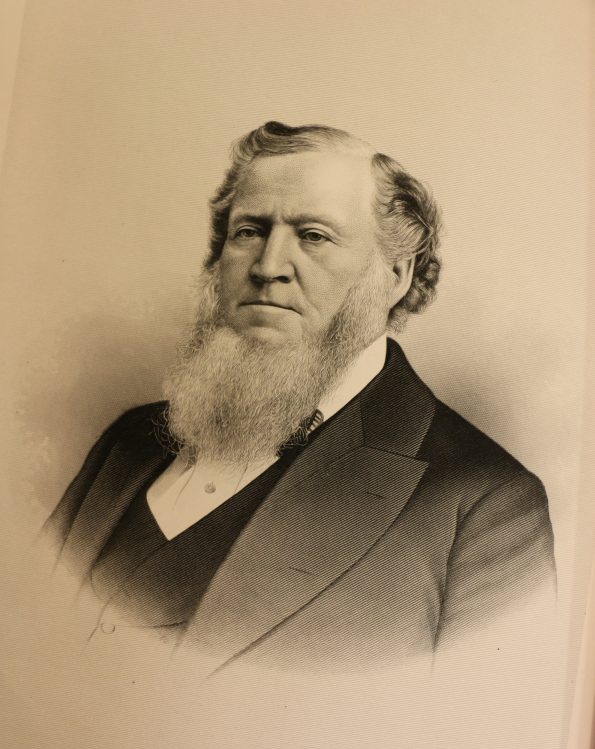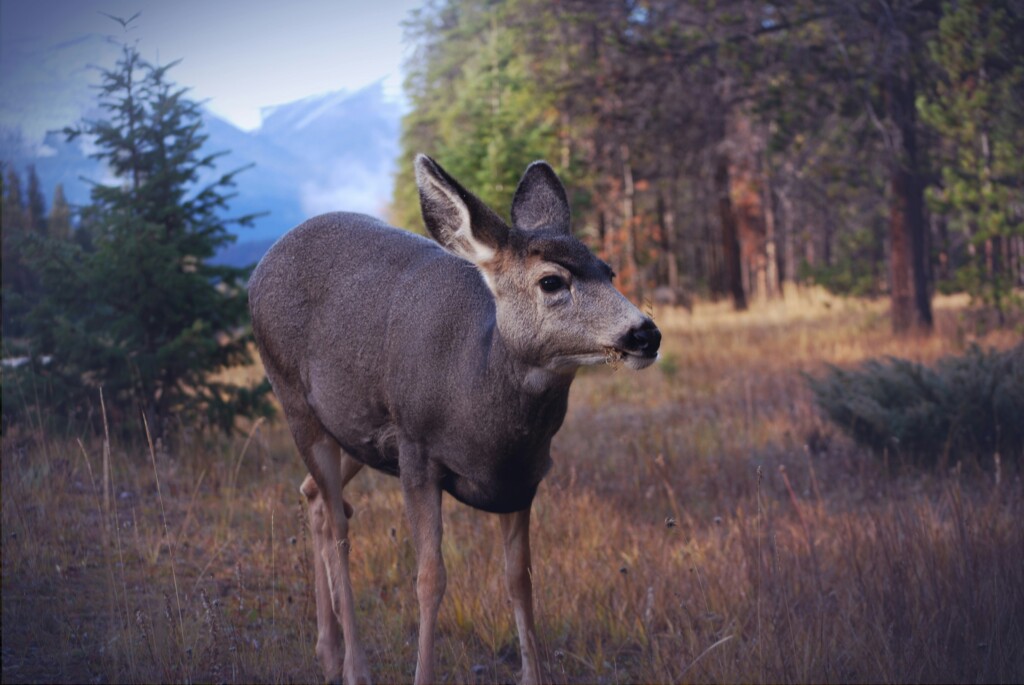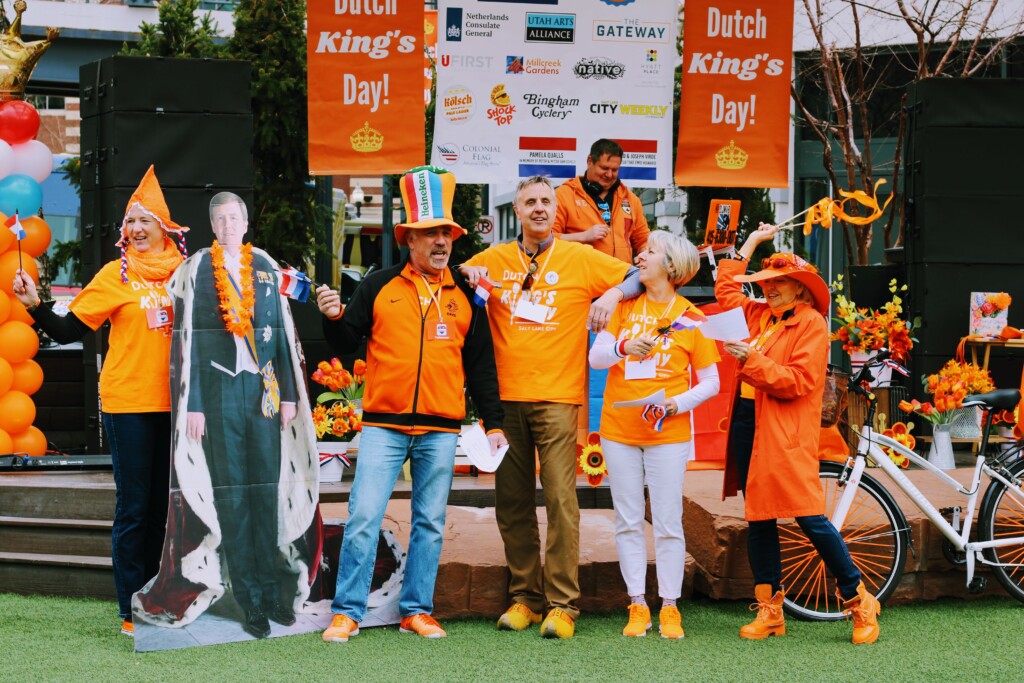 Rumors abound that territorial governor and Mormon prophet Brigham Young ordered Mormon gold to be cached in a number of remote places, although, like so many urban myths and frontier legends, there is little evidence to support the claim. After all, Mormon settlers didn’t have many worldly possessions, let alone reserves of gold, so where would such treasure have come from?
Rumors abound that territorial governor and Mormon prophet Brigham Young ordered Mormon gold to be cached in a number of remote places, although, like so many urban myths and frontier legends, there is little evidence to support the claim. After all, Mormon settlers didn’t have many worldly possessions, let alone reserves of gold, so where would such treasure have come from?
Early Mormons shunned the idea of prospecting for gold, and did so under threat of excommunication, but the gold rush of 1849 brought $20,000 worth of refined gold from California to Utah, where it was used for the minting of coins, establishing new settlements and decorating temples. With gold in so much demand, and most of it in circulation, there wasn’t much left to hide.
Years later, however, attitudes toward prospecting changed, and building up the Kingdom of God in a desert became an expensive proposition. The city of St. George wasn’t established until 1861, and by that time, the church purportedly had access to at least 40 gold mines, including the infamous Rhoades Mine in the Uinta Mountains.
With so much gold now at his disposal, Brother Brigham may very well have ordered much of it hidden, some of it in Bloomington Cave near St. George, to keep it safe from ruffians, thieves, and perhaps even government tax collectors. As the fifth largest cave in Utah, Bloomington is an extensive complex of narrow caverns with two entrances that were once thought to be separate caves, but were later found to be connected. It would have made an ideal repository for concealing a fortune.
Many prominent members of the early church had homes in St. George, including Brigham himself, and there were plenty of able-bodied men to guard the church’s wealth. Prior to his death in 1877, Brigham could have ordered the gold to be removed from Bloomington Cave and hidden elsewhere, or put into circulation to fund Utah’s growing communities and the construction of temples. Or, it could have been stolen by someone entrusted with its secret; someone for whom the temptation of gold was just too great.
With a history of visitation dating back to pioneer times, thousands of people have explored Bloomington Cave over the last 150 years, some looking for Brigham’s gold, others seeking adventure, but so far, none of them has laid claim to the cave’s legendary treasure.
Dead Boy on Webb Hill
In December of 1998, on a windswept rise known as Webb Hill, just south of St. George, three boys noticed a tiny patch of fabric protruding from a crack in an unnatural-looking wall of stone. Curious, they began to chip away at the rocky veneer that had been deliberately and carefully stacked, as if to hide a mystery.
As the wall crumbled away and light poured in, there, sequestered in a musty, closet-sized cavern, sat the desiccated remains of a young man about 15-years-old. A plaid flannel shirt, blue jeans, boots and a blanket covered his weathered skeleton, which had been subjected to decades of summer heat and winter cold.
A rivet from the boy’s pants was dated to around 1918, and his boots were factory-made, but investigations into his identity revealed nothing. He was never reported missing, no one claimed his body, and his name remains lost to history.
Did someone kill him, then conceal his body behind a wall of stone? Did he take shelter and barricade himself from the cold? Forensics indicates that he may have been a victim of influenza – an often fatal condition at the time. If so, did he climb Webb Hill to die, sick and alone? Where was his family and why did no one search for him?
Who was the young man in the flannel shirt who died mysteriously on Webb Hill nearly 100 years ago? Some secrets are as elusive and valuable as gold.





